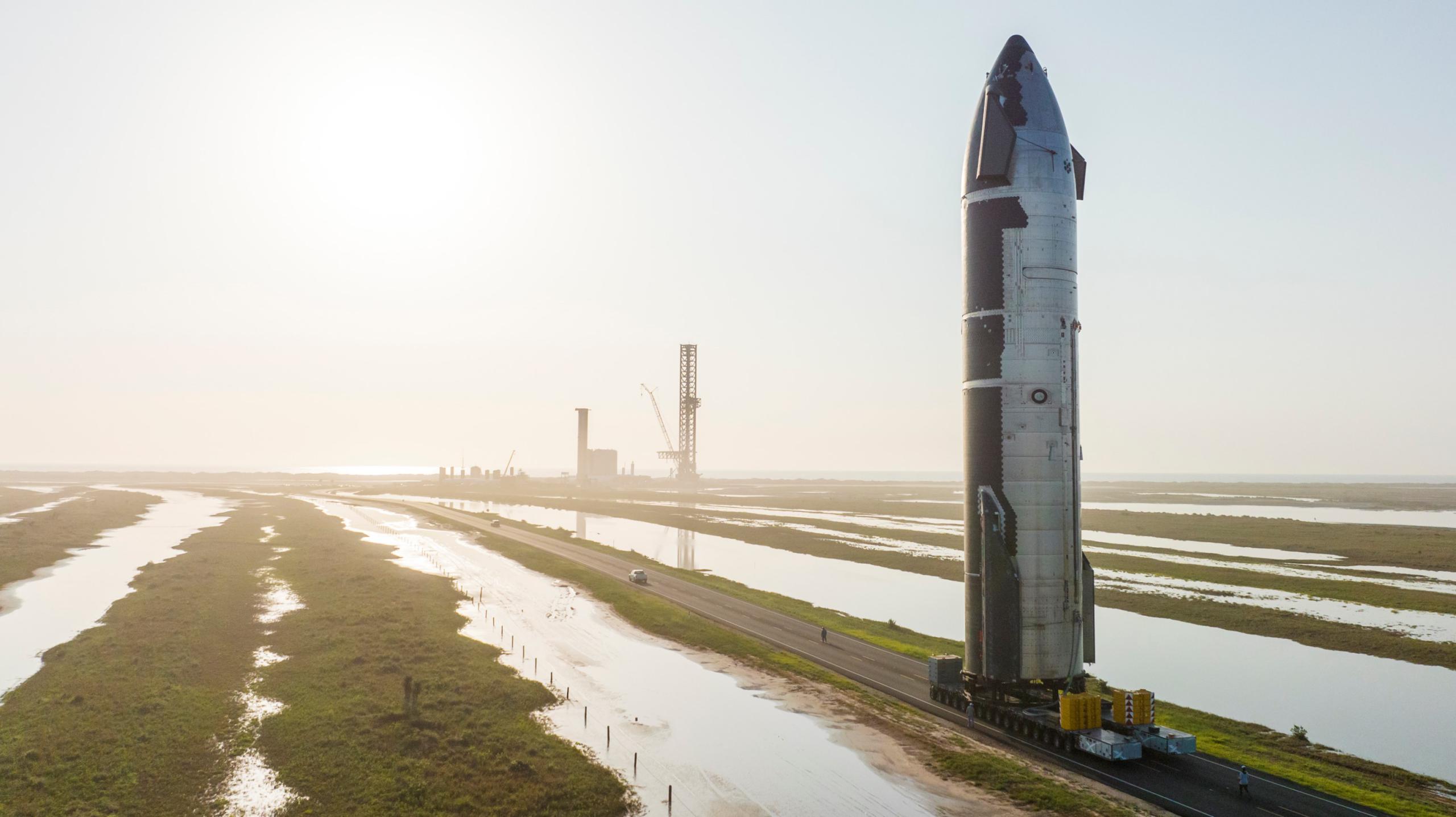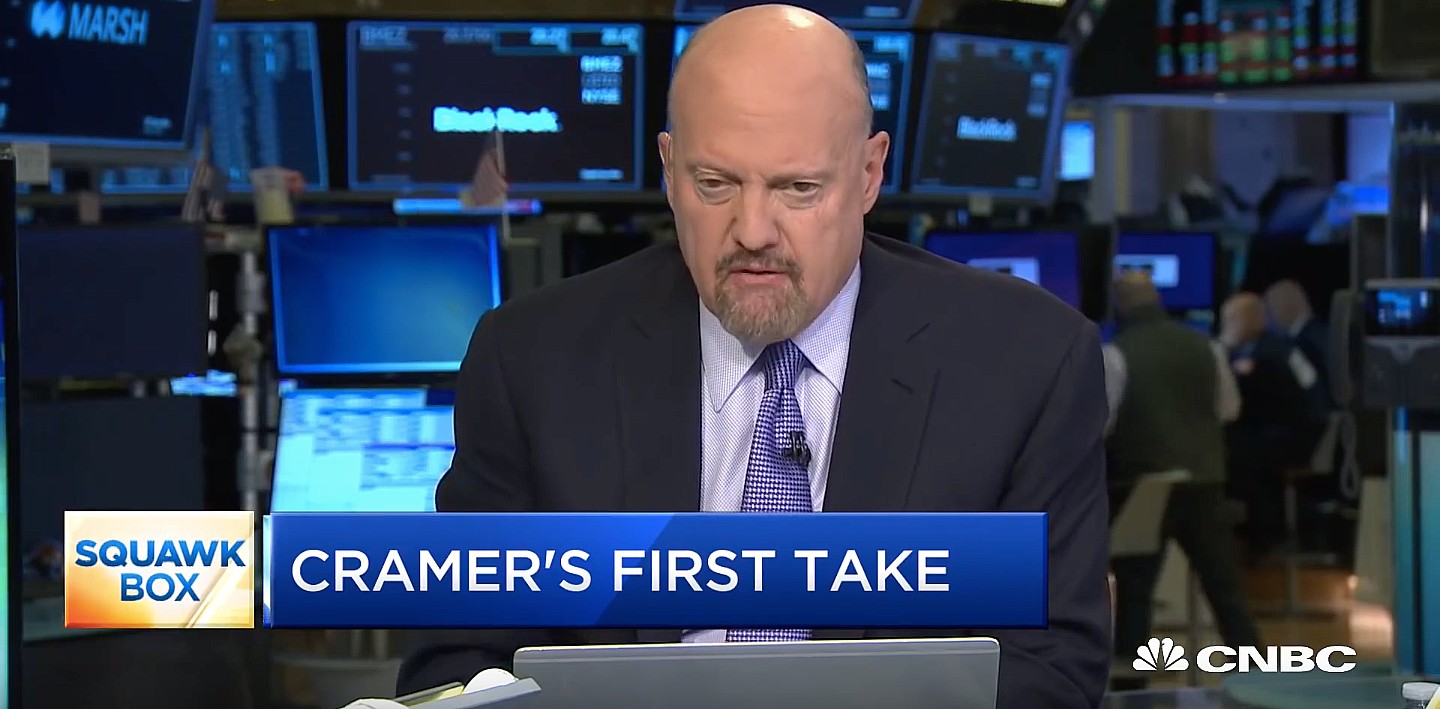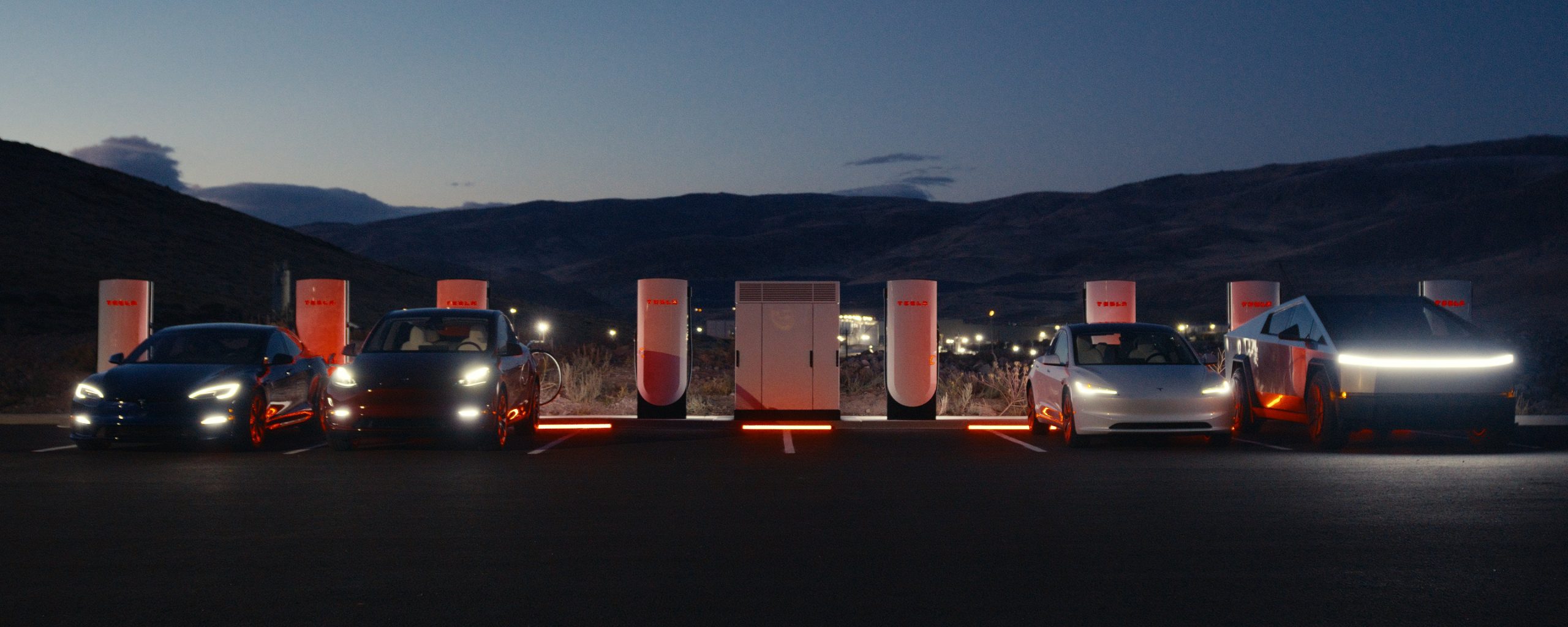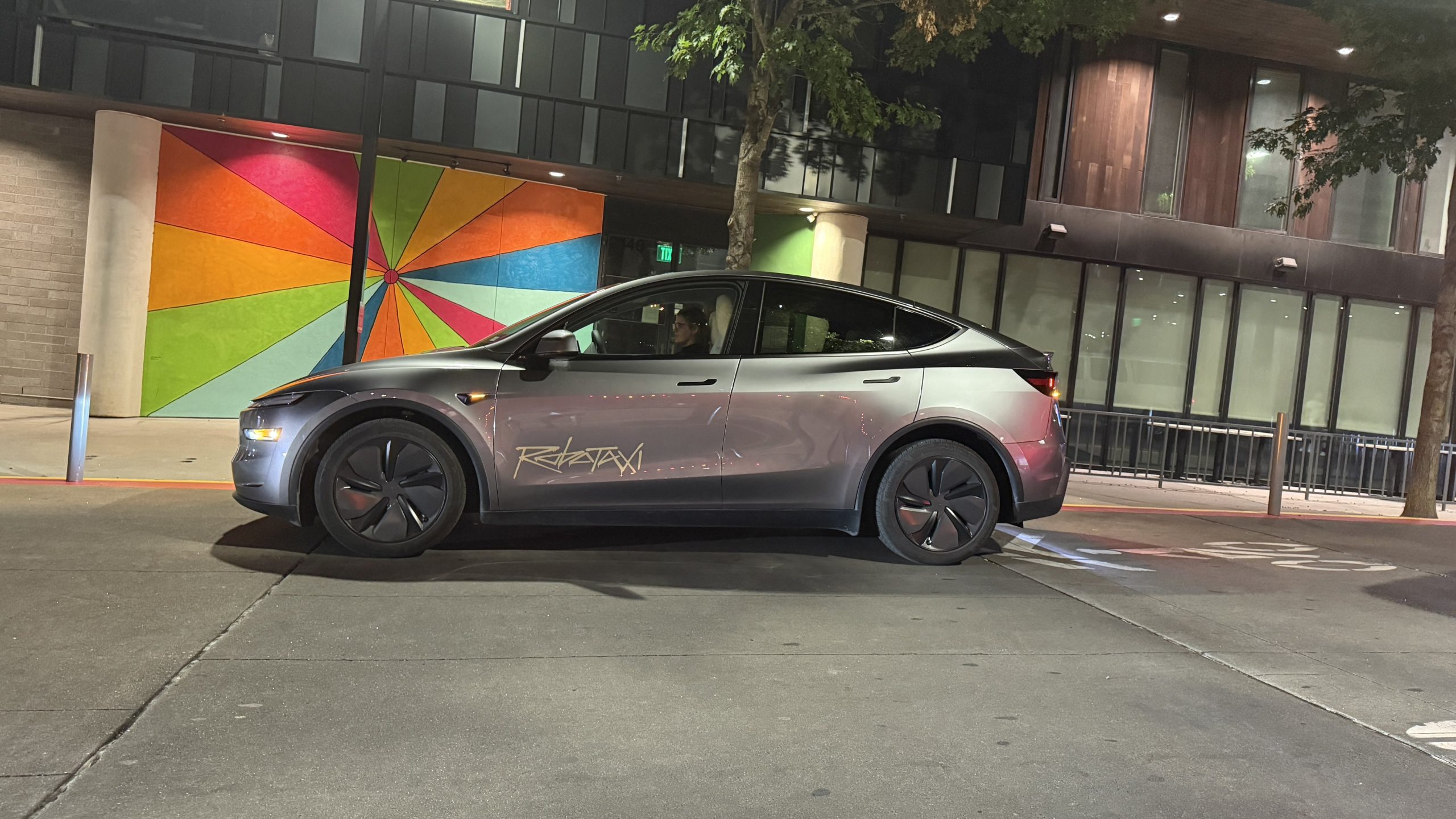

News
SpaceX’s Starbase environmental review is inches from the finish line
Update: Just two days after the FAA’s latest delay announcement, an online portal documenting SpaceX’s Starbase environmental assessment progress has been updated to show that the last step requiring “interagency consultations” was completed on June 2nd.
In theory, that means that to successfully complete its Programmatic Environmental Assessment (PEA) for orbital Starship launches, SpaceX merely needs to incorporate all recommendations, requirements, or mitigations added during the interagency review process into one final draft and presumably secure the approval of all relevant stakeholders one last time. Once those documents are complete, approved, and published, all Starbase will need to begin orbital Starship test flights is an FAA launch license.
Securing that launch license is its own can of worms with plenty of unique challenges, but it’s highly unlikely that SpaceX and the FAA won’t be able to come to some kind of agreement allowing the company to begin those test flights within a month or two of receiving a good environmental review. According to the FAA, the final results of the Starbase PEA are scheduled to be released on June 13th.
The US Federal Aviation Administration says that its environmental review of SpaceX’s plan to conduct orbital Starship launches out of South Texas has been delayed for the fifth time in five months.
However, despite the chronic delays and the FAA’s odd decision to announce a new delay every month instead of simply acknowledging that it doesn’t know when the process will be finished, there are now even more reasons to expect a positive outcome.
Even though there were attempts to spin the new information into something negative, a document acquired through the Freedom Of Information Act (FOIA) by Bloomberg revealed that the US Fish and Wildlife Service (FWS) had decided to approve its portion of the Starbase environmental review. Their only condition: that SpaceX implement a few small mitigation measures, “including contracting with a qualified biologist to conduct monitoring of vegetation and birds, operating an employee shuttle between the launch facility site and nearby town of Brownsville, reducing vehicle traffic, and adjusting lights to minimize the impact on sea turtles.” Bloomberg chose not to publish the documents it received through the FOIA process.
In the same set of documents, the FWS also revealed that SpaceX has removed a request for permission to build a small desalination plant, a natural gas production and liquefaction plant, and a natural gas power plant at or near Starbase’s launch site from Starbase’s first Programmatic Environmental Assessment (PEA). That change comes as little surprise. In fact, SpaceX’s decision to pursue a “programmatic” assessment instead of a more common standalone assessment means that the company will be able to pursue additions to a basic Starbase environmental approval without having to rebuild the foundation each time.
In this case, a “basic approval” would mean the ability to conduct at least a few orbital Starship launches per year. Once that foundation is secured, SpaceX should be able to tier new environmental assessments on top of it and pursue permission for a desalination plant, natural gas production, more annual launches, or any other additions that might benefit Starbase. The simpler the foundation, the harder it should be for environmental stakeholders and agencies to protest or prevent SpaceX from receiving a good outcome.
“The FAA now plans to release the Final PEA on June 13, 2022 to account for ongoing interagency consultations concerning Section 4(f) of the Department of Transportation Act. All other consultations and analysis have been completed at this time.”
Another cause for optimism: after four delays of one or two months, the FAA’s latest delay announcement only pushes the conclusion of the review from May 31st to June 13th. Additionally, the FAA confirmed that only one small component of the entire review remains unfinished. Every other major component has been completed successfully and will likely result in a Finding Of No Significant Impact (FONSI) or Mitigated FONSI that would greenlight the environmental side of conducting orbital Starship launches out of Boca Chica, Texas.
When the draft PEA was first published, the FAA noted several points of contention over Section 4(f) compliance, which is designed to “protect significant publicly owned public parks, recreation areas, and wildlife and waterfowl refuges, as well as significant historic sites, whether they are publicly or privately owned.” At the time, the main problem was SpaceX’s request to close the public Boca Chica Beach and the only highway to it for up to 500 hours (~42 days), as well as a contingency that would allow for another 300 hours of closures to safely respond to emergencies.
Thanks to an even more in-depth environmental impact statement (EIS) completed in 2014 for a Falcon 9 and Falcon Heavy launch pad where Starship’s launch site now stands, we know that SpaceX has already met Section 4(f) demands with a plan for up to 180 hours of road closures per year. In the absolute worst-case scenario, SpaceX should be able to drastically reduce its road closure request to satisfy the Department of Transportation. Subsisting on roughly 20-30 days of closures per year would undoubtedly maim Starbase’s utility but it would at least allow SpaceX to conduct a few basic orbital test flights and some limited ground testing while it rapidly redirects most of its effort to finishing alternative Starship production and launch facilities in Florida.
Regardless, it’s now quite likely that SpaceX’s Starbase environmental review will finally be over by the end of June, freeing up the FAA and SpaceX to focus fully on the launch license side of the equation. Meanwhile, SpaceX still has weeks or even months of work ahead of it to prepare a Starship and Super Heavy pair for their first orbital launch attempt, so (for now) there is no risk of the company being forced to sit around and wait for the gears of bureaucracy to turn.
Elon Musk
Tesla investors will be shocked by Jim Cramer’s latest assessment
Jim Cramer is now speaking positively about Tesla, especially in terms of its Robotaxi performance and its perception as a company.

Tesla investors will be shocked by analyst Jim Cramer’s latest assessment of the company.
When it comes to Tesla analysts, many of them are consistent. The bulls usually stay the bulls, and the bears usually stay the bears. The notable analysts on each side are Dan Ives and Adam Jonas for the bulls, and Gordon Johnson for the bears.
Jim Cramer is one analyst who does not necessarily fit this mold. Cramer, who hosts CNBC’s Mad Money, has switched his opinion on Tesla stock (NASDAQ: TSLA) many times.
He has been bullish, like he was when he said the stock was a “sleeping giant” two years ago, and he has been bearish, like he was when he said there was “nothing magnificent” about the company just a few months ago.
Now, he is back to being a bull.
Cramer’s comments were related to two key points: how NVIDIA CEO Jensen Huang describes Tesla after working closely with the Company through their transactions, and how it is not a car company, as well as the recent launch of the Robotaxi fleet.
Jensen Huang’s Tesla Narrative
Cramer says that the narrative on quarterly and annual deliveries is overblown, and those who continue to worry about Tesla’s performance on that metric are misled.
“It’s not a car company,” he said.
He went on to say that people like Huang speak highly of Tesla, and that should be enough to deter any true skepticism:
“I believe what Musk says cause Musk is working with Jensen and Jensen’s telling me what’s happening on the other side is pretty amazing.”
Tesla self-driving development gets huge compliment from NVIDIA CEO
Robotaxi Launch
Many media outlets are being extremely negative regarding the early rollout of Tesla’s Robotaxi platform in Austin, Texas.
There have been a handful of small issues, but nothing significant. Cramer says that humans make mistakes in vehicles too, yet, when Tesla’s test phase of the Robotaxi does it, it’s front page news and needs to be magnified.
He said:
“Look, I mean, drivers make mistakes all the time. Why should we hold Tesla to a standard where there can be no mistakes?”
It’s refreshing to hear Cramer speak logically about the Robotaxi fleet, as Tesla has taken every measure to ensure there are no mishaps. There are safety monitors in the passenger seat, and the area of travel is limited, confined to a small number of people.
Tesla is still improving and hopes to remove teleoperators and safety monitors slowly, as CEO Elon Musk said more freedom could be granted within one or two months.
News
Tesla launches ultra-fast V4 Superchargers in China for the first time
Tesla has V4 Superchargers rolling out in China for the first time.

Tesla already has nearly 12,000 Supercharger piles across mainland China. However, the company just initiated the rollout of the ultra-fast V4 Superchargers in China for the first time, bringing its quick-charging piles to the country for the first time since their launch last year.
The first batch of V4 Superchargers is now officially up and running in China, the company announced in a post on Chinese social media outlet Weibo today.
The company said in the post:
“The first batch of Tesla V4 Superchargers are online. Covering more service areas, high-speed charging is more convenient, and six-layer powerful protection such as rain and waterproof makes charging very safe. Simultaneously open to non-Tesla vehicles, and other brands of vehicles can also be charged. There are more than 70,000 Tesla Superchargers worldwide. The charging network layout covers 100% of the provincial capitals and municipalities in mainland China. More V4 Superchargers will be put into use across the country. Optimize the charging experience and improve energy replenishment efficiency. Tesla will accompany you to the mountains, rivers, lakes, and seas with pure electricity!”
The first V4 Superchargers Tesla installed in China are available in four cities across the country: Shanghai, Zhejiang, Gansu, and Chongqing.

Credit: Tesla China
Tesla has over 70,000 Superchargers worldwide. It is the most expansive and robust EV charging network in the world. It’s the main reason why so many companies have chosen to adopt Tesla’s charging connector in North America and Europe.
In China, some EVs can use Tesla Superchargers as well.
The V4 Supercharger is capable of charging vehicles at speeds of up to 325kW for vehicles in North America. This equates to over 1,000 miles per hour of charging.
Elon Musk
Elon Musk hints at when Tesla could reduce Safety Monitors from Robotaxi
Tesla could be reducing Safety Monitors from Robotaxi within ‘a month or two,’ CEO Elon Musk says.

Elon Musk hinted at when Tesla could begin reducing Safety Monitors from its Robotaxis. Safety Monitors are Tesla employees who sit in the front passenger seat during the driverless rides, and are there to ensure safety for occupants during the earliest rides.
Tesla launched its Robotaxi fleet in Austin last Sunday, and after eight days, videos and reviews from those who have ridden in the driverless vehicles have shown that the suite is safe, accurate, and well coordinated. However, there have been a few hiccups, but nothing that has put anyone’s safety in danger.
A vast majority — close to all of the rides — at least according to those who have ridden in the Robotaxi, have been performed without any real need for human intervention. We reported on what was the first intervention last week, as a Safety Monitor had to step in and stop the vehicle in a strange interaction with a UPS truck.
Watch the first true Tesla Robotaxi intervention by safety monitor
The Tesla and UPS delivery truck were going for the same street parking space, and the Tesla began to turn into it. The UPS driver parallel parked into the spot, which was much smaller than his truck. It seemed to be more of an instance of human error instead of the Robotaxi making the wrong move. This is something that the driverless cars will have to deal with because humans are aggressive and sometimes make moves they should not.
The Safety Monitors have not been too active in the vehicles. After all, we’ve only seen that single instance of an intervention. There was also an issue with the sun, when the Tesla braked abnormally due to the glare, but this was an instance where the car handled the scenario and proceeded normally.
With the Robotaxi fleet operating impressively, some are wondering when Tesla will begin scaling back both the Safety Monitors and Teleoperators that it is using to ensure safety with these early rides.
CEO Elon Musk answered the inquiry by stating, “As soon as we feel it is safe to do so. Probably within a month or two.”
As soon as we feel it is safe to do so.
Probably within a month or two. We continue to improve the Tesla AI with each mile driven.
— Elon Musk (@elonmusk) June 30, 2025
Musk’s response seems to confirm that there will be fewer Teleoperators and Safety Monitors in the coming months, but there will still be some within the fleet to ensure safety. Eventually, that number will get to zero.
Reaching a point where Tesla’s Robotaxi is driverless will be another significant milestone for the company and its path to fully autonomous ride-sharing.
Eventually, Tesla will roll out these capabilities to consumer-owned vehicles, offering them a path to generate revenue as their car operates autonomously and completes rides.
For now, Tesla is focusing on perfecting the area of Austin where it is currently offering driverless rides for just $4.20 to a small group of people.
-

 News5 days ago
News5 days agoTesla Robotaxi’s biggest challenge seems to be this one thing
-

 News2 weeks ago
News2 weeks agoTesla confirms massive hardware change for autonomy improvement
-

 Elon Musk2 weeks ago
Elon Musk2 weeks agoElon Musk slams Bloomberg’s shocking xAI cash burn claims
-

 News2 weeks ago
News2 weeks agoTesla features used to flunk 16-year-old’s driver license test
-

 News2 weeks ago
News2 weeks agoTesla China roars back with highest vehicle registrations this Q2 so far
-

 News2 weeks ago
News2 weeks agoTexas lawmakers urge Tesla to delay Austin robotaxi launch to September
-

 News2 weeks ago
News2 weeks agoTesla dominates Cars.com’s Made in America Index with clean sweep
-

 News2 weeks ago
News2 weeks agoTesla’s Grok integration will be more realistic with this cool feature





















